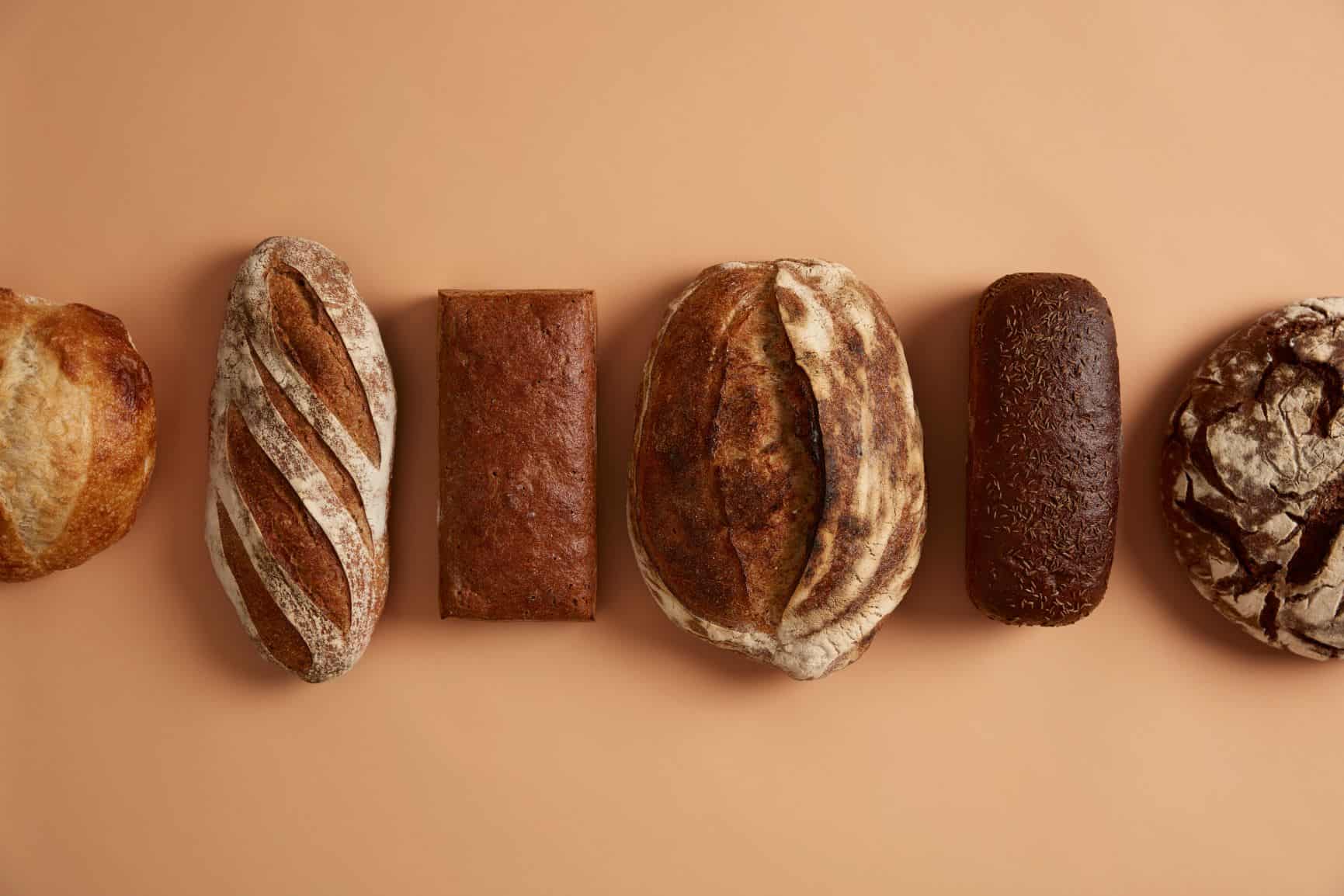Are you one of the 20 million people who deal with brain fog, abdominal pain, and headaches after eating food that contain gluten? As you can see, you are not alone. Many individuals experience some sort of digestive and health issues that get triggered by consuming wheat or gluten.
Gluten is a protein in the rye, barley, and wheat family and is found in many of the foods we consume each day. Wheat is a grain that is commonly found in cereals, pasta, and bread. However, wheat can also get found in salad dressings and soups, among other foods. Likewise, barley is commonly used in beers or foods that have malt in them.
A few different conditions can manifest themselves via gluten intolerance such as celiac disease, non-celiac gluten sensitivity, and wheat allergy. Today, we will take a look at some of the signs of gluten intolerance and analyze whether cutting gluten out of your diet is the right choice for you.
Signs of Celiac Disease
Celiac disease is an autoimmune disease that occurs in genetically predisposed people, causes your immune system to react abnormally to gluten, and leads to damage in the small intestine.
If you have celiac disease, consuming gluten will have your immune system destroying your villi – the small finger-like projections that line your small intestine. Their main job is to absorb all nutrients from the food you eat. Without healthy villi, you will not get the proper nutrition that your body needs. As a result, your body is at risk of malnutrition.
Children and adults both have different signs of celiac disease. Children will mostly display digestive symptoms, while adults can display a wide variety of symptoms.
Common signs in children who have celiac disease are:
- Abdominal Bloating
- Chronic Diarrhea
- Constipation/Gas
- Foul-smelling stools
- Nausea and Vomiting
- Stomach Pain
Common signs in adults who have celiac disease are:
- Anemia
- Canker Sores in the Mouth
- Depression/Anxiety
- Fatigue
- Headaches
- Infertility/Frequent Miscarriages
- Joint Pain
- Missed Menstrual Periods
- Osteoporosis
- Tingling in the Feet and Hands
It is a lot harder to diagnose celiac disease in adults since their symptoms are broader than those in children. In addition, many of these symptoms overlap with countless other chronic health conditions.
Signs of Non-Celiac Gluten Sensitivity
Non-celiac gluten sensitivity is diagnosed when people have a gluten-related condition, but they do not have celiac disease, and they are not allergic to wheat. Researchers still do not know the exact biological cause for non-celiac gluten sensitivity.
As of late, no test can diagnose individuals with non-celiac gluten sensitivity. Doctors will only diagnose you with this disease if you are experiencing symptoms after eating gluten, but you test negative for celiac disease and wheat allergy. Research is ongoing, and becoming better understood as more data comes to light.
Common symptoms that you may experience with non-celiac gluten sensitivity are:
- Abdominal Pain
- Bloating
- Brain Fog
- Fatigue
- Gas
- Headache
Signs of Wheat Allergy
Did you know wheat allergy is in the top 8 food allergens in the country? A wheat allergy sees your immune response reacting negatively to the proteins in wheat, which include gluten. However, about 65% of children will outgrow their wheat allergy by the time they are 12 years of age.
Wheat allergy symptoms include:
- Diarrhea
- Difficulty Breathing
- Eye Irritation
- Hives and Rash
- Irritation of Your Throat and Mouth
- Nasal Congestion
- Nausea and Vomiting
These symptoms related to having a wheat allergy will typically display within minutes of consuming wheat. However, there are times when symptoms won’t show up for a few hours after wheat consumption.
Symptoms of a wheat allergy can be mild to life-threatening. In some cases, wheat allergy can result in anaphylaxis. For serious cases like this, a doctor may prescribe and EpiPen for emergencies.
Should I Cut Out Gluten?
Everyone wants to know if they should cut out gluten. The answer to the question will ultimately depend on your diagnosis. For instance, if you got diagnosed with celiac disease, the treatment for it is to follow a gluten-free diet.
But, if you have non-celiac gluten sensitivity, it may be best to eliminate gluten from your diet, depending on your tolerance level and the severity of your symptoms. Some people have only mild symptoms while others experience pronounced discomfort. Analyze how severely you are affected by your gluten intake and talk to your doctor about whether a gluten free diet is best for you and your lifestyle.
There are many gluten-free alternatives when it comes to the common foods that you eat. For instance, Outrageous Baking offer’s countless recipes for foods that you may consume on a daily or weekly basis.
Need Some Gluten-Free Sweets in Your Life? We Got the Sweets for You!
Outrageous Baking can help you maintain your gluten-free diet while still indulging in your favorite baked goods (without the guilt).
We offer a variety of gluten-free and dairy-free treats that taste just like your mom’s homemade recipes. From cinnamon coffee cake to pumpkin or chocolate zucchini bread, our gluten-free breads and cakes are a true delight. Visit our store today to find delicious gluten-free treats that your entire family will enjoy in good health!


